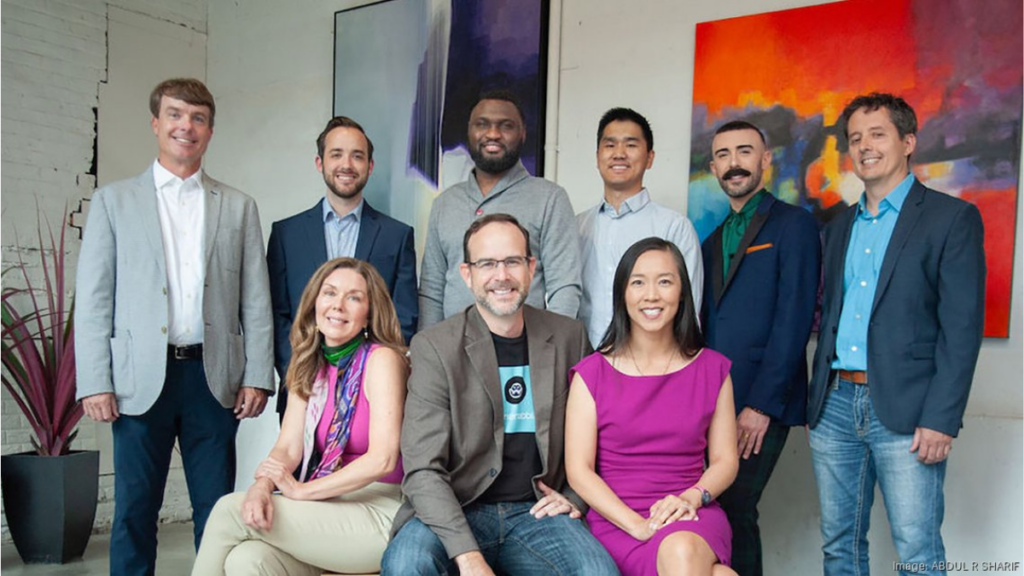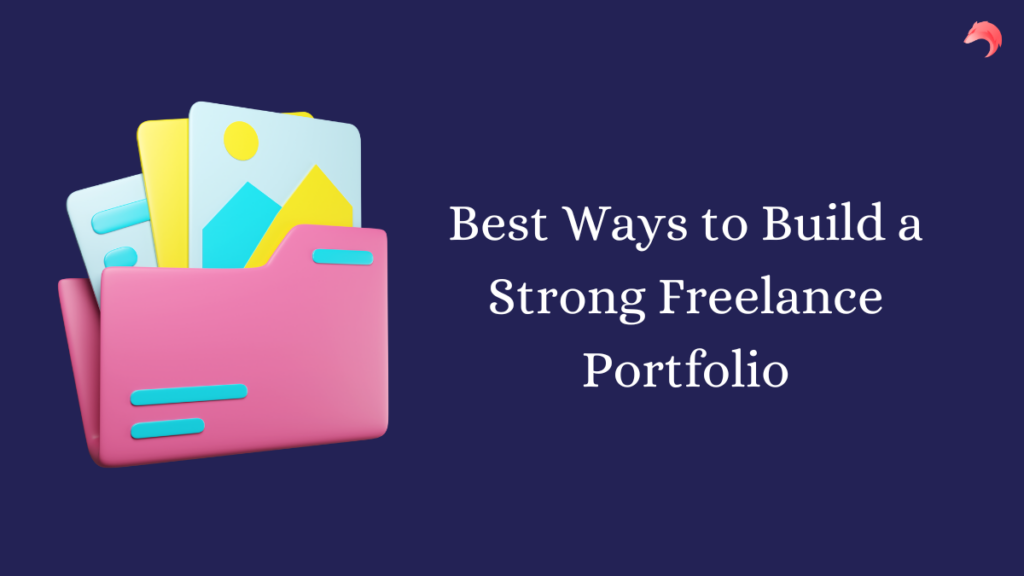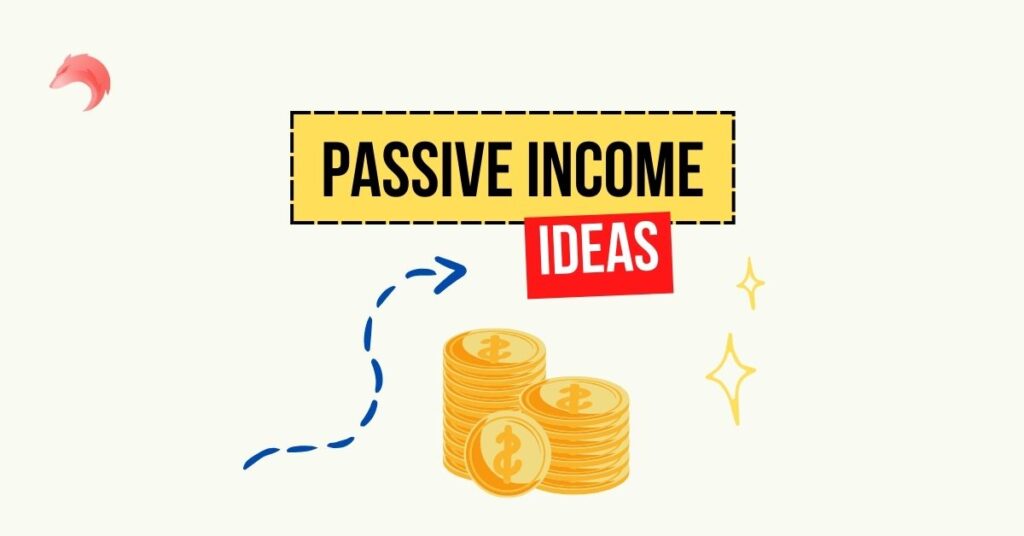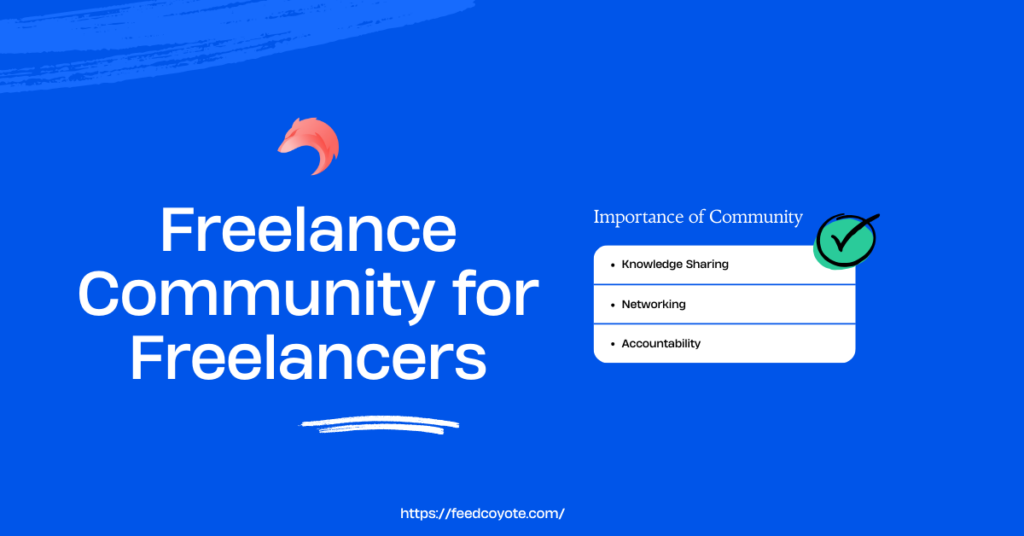The dream of turning your side hustle into a full-time freelancing career is more realistic today than ever before. With remote work booming, digital platforms connecting clients worldwide, and flexible career opportunities on the rise, more professionals are stepping away from 9-to-5 jobs to build independent careers.
But making the leap isn’t just about quitting your job and hoping clients will follow—it requires strategy, planning, and the right tools to ensure success.
In this blog, we’ll walk you through:
- Key steps for moving from side hustle to full-time freelancing
- Common challenges and how to overcome them
- A couple of real Feedcoyote user success stories
- Practical tips + resources to accelerate your transition

Step 1: Know When It’s Time to Make the Switch
Not every side hustle is ready to become a career. Before you leap:
- ✅ Check income consistency – Are you earning at least 50–70% of your current salary from freelancing? That’s a good sign.
- ✅ Evaluate demand – Are clients regularly seeking your services?
- ✅ Financial buffer – Do you have 3–6 months of savings to cover expenses while building steady client flow?
👉 Pro Tip: Track your side hustle income separately and watch its growth over 6–12 months. Feedcoyote’s all-in-one dashboard makes it easy to manage invoices, projects, and client payments, so you know exactly where you stand.
Step 2: Build a Strong Foundation Before Quitting
One of the biggest mistakes freelancers make is leaving their job without laying the groundwork. Here’s what you should do:
- Create a portfolio: Showcase your best work (even small projects count).
- Optimize your online presence: LinkedIn, portfolio websites, and freelance platforms matter.
- Legal + financial setup: Register your business if needed, open a business bank account, and decide how you’ll handle taxes.
- Client agreements: Protect yourself with contracts—tools like Feedcoyote simplify this with built-in proposals and contract templates.
Step 3: Transition Gradually (Don’t Burn Bridges)
Instead of quitting suddenly, plan a gradual shift:
- Reduce hours at your full-time job if possible.
- Take on slightly larger freelance projects to test your capacity.
- Maintain professionalism with your employer—referrals can come from unexpected places.
Sarah’s Transition
Sarah, a Feedcoyote user, worked as a marketing manager while freelancing as a content strategist on the side. Once her freelance income consistently reached 60% of her salary for 5 months, she transitioned. Using Feedcoyote, she streamlined her proposals and client payments, which gave her confidence to scale. Within a year, Sarah doubled her old salary as a full-time freelancer.
Step 4: Create Reliable Systems
Full-time freelancing means you’re the boss—but also the accountant, marketer, and project manager. To avoid burnout:
- Use project management tools to stay organized.
- Automate invoices and payment reminders.
- Track leads, proposals, and follow-ups in one place.
👉 Feedcoyote offers freelancers a centralized workspace to handle contracts, proposals, project tracking, and payments—all without juggling multiple apps.
Step 5: Focus on Client Relationships, Not Just Projects
Freelancing isn’t only about landing clients—it’s about keeping them. Build strong relationships by:
- Delivering on time (or early).
- Overcommunicating instead of leaving clients guessing.
- Offering value-adds, like sharing strategic ideas beyond the brief.
👉 James’s Story
James, a graphic designer, started freelancing evenings after his corporate job. He used Feedcoyote to organize all client communication and payments. By prioritizing long-term client relationships, he grew his side hustle into a full-fledged design studio—without the chaos of missed invoices or lost emails.
Step 6: Master Marketing Yourself
You can’t grow if clients don’t know you exist.
- Use social proof: Share testimonials and case studies.
- Build a personal brand on LinkedIn, Instagram, or niche platforms.
- Network with other freelancers—collaborations bring unexpected opportunities.
👉 Feedcoyote’s built-in tools let you manage proposals, track clients, and showcase your services, making it easier to market yourself consistently.
Step 7: Prepare for the Emotional Shift
Going full-time freelancing is liberating—but it also comes with uncertainty. Be ready for:
- Income ups and downs.
- Client rejections (they’re normal).
- The challenge of staying disciplined without a boss.
A supportive community makes the journey easier. With Feedcoyote’s freelancer network, you don’t have to navigate it alone—you can connect, collaborate, and grow together.
Final Thoughts
Transitioning from a side hustle to full-time freelancing is not just about money—it’s about freedom, flexibility, and building the life you want. With the right strategy, financial planning, and tools like Feedcoyote, you can confidently step into freelancing without the overwhelm.




